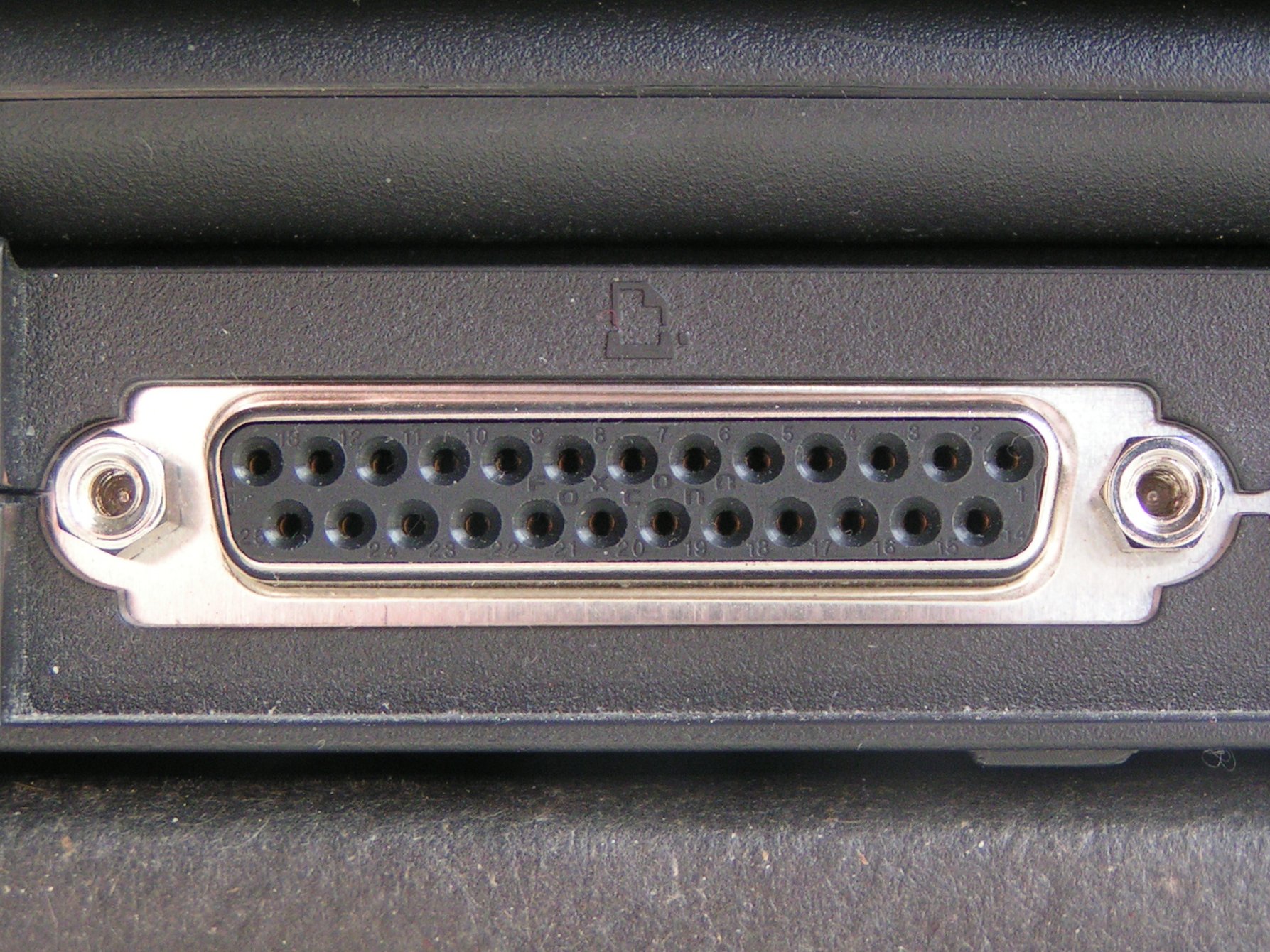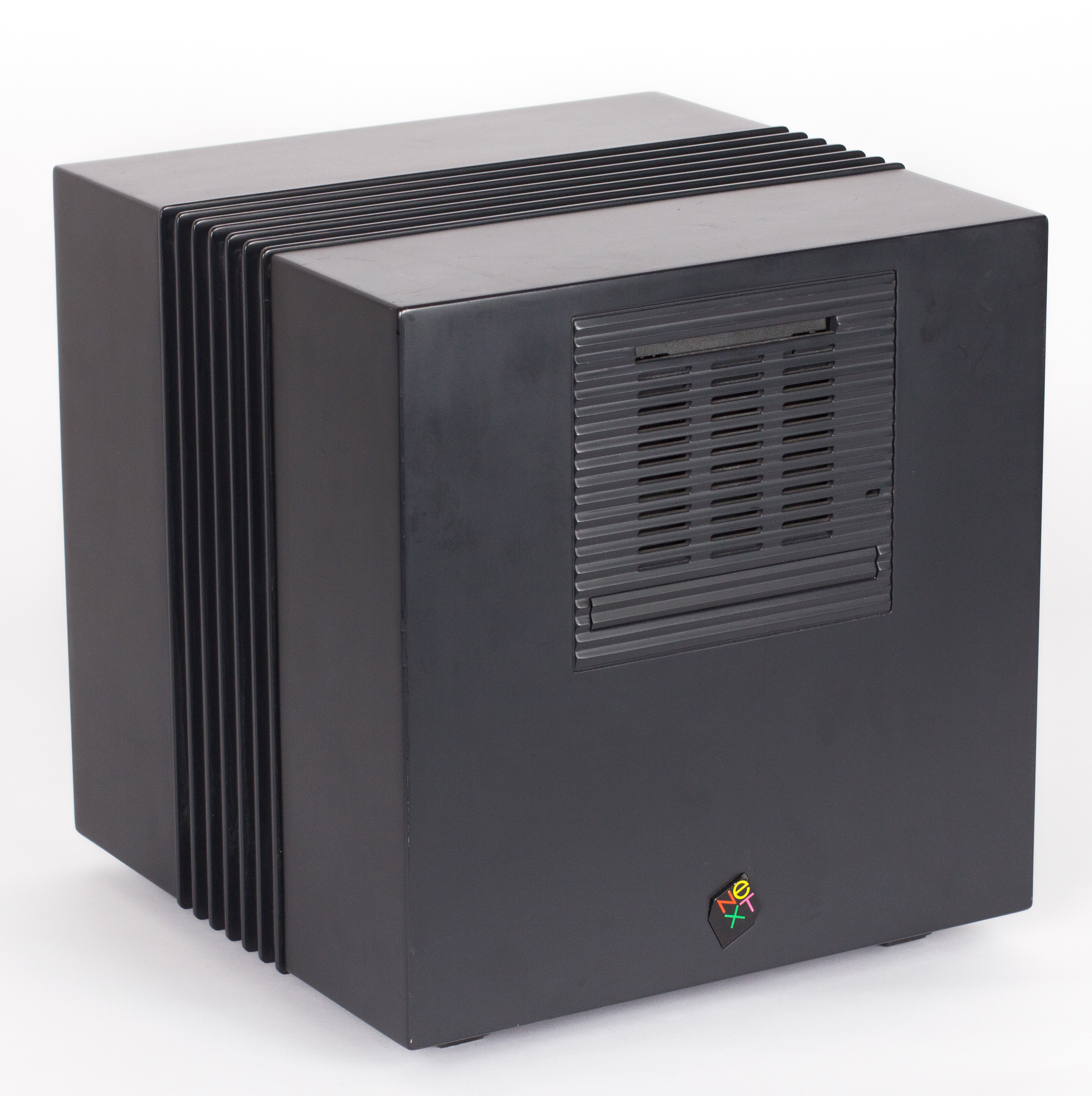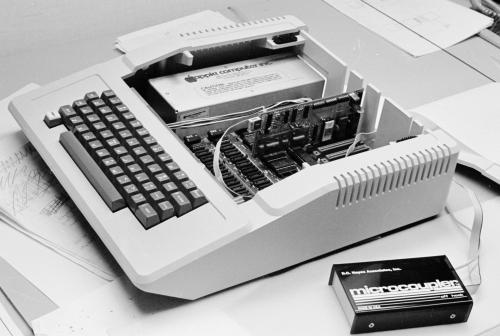|
Mainboard
A motherboard (also called mainboard, main circuit board, mb, mboard, backplane board, base board, system board, logic board (only in Apple computers) or mobo) is the main printed circuit board (PCB) in general-purpose computers and other expandable systems. It holds and allows communication between many of the crucial electronic components of a system, such as the central processing unit (CPU) and memory, and provides connectors for other peripherals. Unlike a backplane, a motherboard usually contains significant sub-systems, such as the central processor, the chipset's input/output and memory controllers, interface connectors, and other components integrated for general use. ''Motherboard'' means specifically a PCB with expansion capabilities. As the name suggests, this board is often referred to as the "mother" of all components attached to it, which often include peripherals, interface cards, and daughterboards: sound cards, video cards, network cards, host bus adapters, TV ... [...More Info...] [...Related Items...] OR: [Wikipedia] [Google] [Baidu] |
Parallel Port
In computing, a parallel port is a type of interface found on early computers (personal and otherwise) for connecting peripherals. The name refers to the way the data is sent; parallel ports send multiple bits of data at once (parallel communication), as opposed to serial communication, in which bits are sent one at a time. To do this, parallel ports require multiple data lines in their cables and port connectors and tend to be larger than contemporary serial ports, which only require one data line. There are many types of parallel ports, but the term has become most closely associated with the printer port or Centronics port found on most personal computers from the 1970s through the 2000s. It was an industry ''de facto'' standard for many years, and was finally standardized as IEEE 1284 in the late 1990s, which defined the Enhanced Parallel Port (EPP) and Extended Capability Port (ECP) bi-directional versions. Today, the parallel port interface is virtually non- ... [...More Info...] [...Related Items...] OR: [Wikipedia] [Google] [Baidu] |
Super I/O
Super I/O is a class of I/O controller integrated circuits that began to be used on personal computer motherboards in the late 1980s, originally as add-in cards, later embedded on the motherboards. A super I/O chip combines interfaces for a variety of low- bandwidth devices. Now it is mostly merged with EC. The functions below are usually provided by the super I/O if they are on the motherboard: * A floppy-disk controller * An IEEE 1284-compatible parallel port (commonly used for printers) * One or more 16C550-compatible serial port UARTs * Keyboard controller for PS/2 keyboard and/or mouse Most Super I/O chips include some additional low-speed devices, such as: * Temperature, voltage, and fan speed interface * Thermal Zone * Chassis intrusion detection * Mainboard power management * LED management * PWM fan speed control * An IrDA Port controller * A game port (not provided by recent super I/O chips anymore because Windows XP is the last Windows OS to support a game ... [...More Info...] [...Related Items...] OR: [Wikipedia] [Google] [Baidu] |
NeXTcube Motherboard
The NeXTcube is a high-end workstation computer developed, manufactured, and sold by NeXT from 1990 until 1993. It superseded the original NeXT Computer workstation and is housed in a similar cube-shaped magnesium enclosure, designed by frog design. The workstation runs the NeXTSTEP operating system and was launched with a list price. Hardware The NeXTcube is the successor to the original NeXT Computer. It differs from its predecessor in having a 68040 processor, a hard disk in place of the magneto-optical drive, and a floppy disk drive. NeXT offered a 68040 system board upgrade (and NeXTSTEP 2.0) for . A 33 MHz NeXTcube Turbo was later produced. NeXT released the NeXTdimension for the NeXTcube, a circuit board based on an Intel i860 processor, which offers 32-bit PostScript color display and video-sampling features. The Pyro accelerator board increases the speed of a NeXTcube by replacing the standard 25 MHz processor with a 50 MHz one. Specifications * ... [...More Info...] [...Related Items...] OR: [Wikipedia] [Google] [Baidu] |
Printed Circuit Board
A printed circuit board (PCB; also printed wiring board or PWB) is a medium used in electrical and electronic engineering to connect electronic components to one another in a controlled manner. It takes the form of a laminated sandwich structure of conductive and insulating layers: each of the conductive layers is designed with an artwork pattern of traces, planes and other features (similar to wires on a flat surface) etched from one or more sheet layers of copper laminated onto and/or between sheet layers of a non-conductive substrate. Electrical components may be fixed to conductive pads on the outer layers in the shape designed to accept the component's terminals, generally by means of soldering, to both electrically connect and mechanically fasten them to it. Another manufacturing process adds vias: plated-through holes that allow interconnections between layers. Printed circuit boards are used in nearly all electronic products. Alternatives to PCBs include wire ... [...More Info...] [...Related Items...] OR: [Wikipedia] [Google] [Baidu] |
Expansion Card
In computing, an expansion card (also called an expansion board, adapter card, peripheral card or accessory card) is a printed circuit board that can be inserted into an electrical connector, or expansion slot (also referred to as a bus slot) on a computer's motherboard (see also backplane) to add functionality to a computer system. Sometimes the design of the computer's case and motherboard involves placing most (or all) of these slots onto a separate, removable card. Typically such cards are referred to as a riser card in part because they project upward from the board and allow expansion cards to be placed above and parallel to the motherboard. Expansion cards allow the capabilities and interfaces of a computer system to be extended or supplemented in a way appropriate to the tasks it will perform. For example, a high-speed multi-channel data acquisition system would be of no use in a personal computer used for bookkeeping, but might be a key part of a system used for ... [...More Info...] [...Related Items...] OR: [Wikipedia] [Google] [Baidu] |
Expansion Cards
In computing, an expansion card (also called an expansion board, adapter card, peripheral card or accessory card) is a printed circuit board that can be inserted into an electrical connector, or expansion slot (also referred to as a bus slot) on a computer's motherboard (see also backplane) to add functionality to a computer system. Sometimes the design of the computer's case and motherboard involves placing most (or all) of these slots onto a separate, removable card. Typically such cards are referred to as a riser card in part because they project upward from the board and allow expansion cards to be placed above and parallel to the motherboard. Expansion cards allow the capabilities and interfaces of a computer system to be extended or supplemented in a way appropriate to the tasks it will perform. For example, a high-speed multi-channel data acquisition system would be of no use in a personal computer used for bookkeeping, but might be a key part of a system used for i ... [...More Info...] [...Related Items...] OR: [Wikipedia] [Google] [Baidu] |
Embedded System
An embedded system is a computer system—a combination of a computer processor, computer memory, and input/output peripheral devices—that has a dedicated function within a larger mechanical or electronic system. It is ''embedded'' as part of a complete device often including electrical or electronic hardware and mechanical parts. Because an embedded system typically controls physical operations of the machine that it is embedded within, it often has real-time computing constraints. Embedded systems control many devices in common use today. , it was estimated that ninety-eight percent of all microprocessors manufactured were used in embedded systems. Modern embedded systems are often based on microcontrollers (i.e. microprocessors with integrated memory and peripheral interfaces), but ordinary microprocessors (using external chips for memory and peripheral interface circuits) are also common, especially in more complex systems. In either case, the processor(s) u ... [...More Info...] [...Related Items...] OR: [Wikipedia] [Google] [Baidu] |
Interface (computing)
In computing, an interface is a shared boundary across which two or more separate components of a computer system exchange information. The exchange can be between software, computer hardware, peripheral devices, humans, and combinations of these. Some computer hardware devices, such as a touchscreen, can both send and receive data through the interface, while others such as a mouse or microphone may only provide an interface to send data to a given system. Hardware interfaces Hardware interfaces exist in many components, such as the various buses, storage devices, other I/O devices, etc. A hardware interface is described by the mechanical, electrical, and logical signals at the interface and the protocol for sequencing them (sometimes called signaling). See also: A standard interface, such as SCSI, decouples the design and introduction of computing hardware, such as I/O devices, from the design and introduction of other components of a computing system, thereby allowi ... [...More Info...] [...Related Items...] OR: [Wikipedia] [Google] [Baidu] |
Apple II
The Apple II (stylized as ) is an 8-bit home computer and one of the world's first highly successful mass-produced microcomputer products. It was designed primarily by Steve Wozniak; Jerry Manock developed the design of Apple II's foam-molded plastic case, Rod Holt developed the switching power supply, while Steve Jobs's role in the design of the computer was limited to overseeing Jerry Manock's work on the plastic case. It was introduced by Jobs and Wozniak at the 1977 West Coast Computer Faire, and marks Apple's first launch of a personal computer aimed at a consumer market—branded toward American households rather than businessmen or computer hobbyists. ''Byte'' magazine referred to the Apple II, Commodore PET 2001, and TRS-80 as the "1977 Trinity". As the Apple II had the defining feature of being able to display color graphics, the Apple logo was redesigned to have a spectrum of colors. The Apple II is the first model in the Apple II series, followed by App ... [...More Info...] [...Related Items...] OR: [Wikipedia] [Google] [Baidu] |
Computer Memory
In computing, memory is a device or system that is used to store information for immediate use in a computer or related computer hardware and digital electronic devices. The term ''memory'' is often synonymous with the term '' primary storage'' or ''main memory''. An archaic synonym for memory is store. Computer memory operates at a high speed compared to storage that is slower but less expensive and higher in capacity. Besides storing opened programs, computer memory serves as disk cache and write buffer to improve both reading and writing performance. Operating systems borrow RAM capacity for caching so long as not needed by running software. If needed, contents of the computer memory can be transferred to storage; a common way of doing this is through a memory management technique called '' virtual memory''. Modern memory is implemented as semiconductor memory, where data is stored within memory cells built from MOS transistors and other components on an integrated circ ... [...More Info...] [...Related Items...] OR: [Wikipedia] [Google] [Baidu] |
Peripherals
A peripheral or peripheral device is an auxiliary device used to put information into and get information out of a computer. The term ''peripheral device'' refers to all hardware components that are attached to a computer and are controlled by the computer system, but they are not the core components of the computer, such as the CPU or power supply unit. In other words, peripherals can also be defined as devices that can be easily removed and plugged into a computer system. Several categories of peripheral devices may be identified, based on their relationship with the computer: *An ''input device'' sends data or instructions to the computer, such as a mouse, keyboard, graphics tablet, image scanner, barcode reader, game controller, light pen, light gun, microphone and webcam; *An '' output device'' provides output data from the computer, such as a computer monitor, projector, printer, headphones and computer speaker; *An ''input/output device'' performs both input and output ... [...More Info...] [...Related Items...] OR: [Wikipedia] [Google] [Baidu] |
Serial Port
In computing, a serial port is a serial communication interface through which information transfers in or out sequentially one bit at a time. This is in contrast to a parallel port, which communicates multiple bits simultaneously in parallel. Throughout most of the history of personal computers, data has been transferred through serial ports to devices such as modems, terminals, various peripherals, and directly between computers. While interfaces such as Ethernet, FireWire, and USB also send data as a serial stream, the term ''serial port'' usually denotes hardware compliant with RS-232 or a related standard, such as RS-485 or RS-422. Modern consumer personal computers (PCs) have largely replaced serial ports with higher-speed standards, primarily USB. However, serial ports are still frequently used in applications demanding simple, low-speed interfaces, such as industrial automation systems, scientific instruments, point of sale systems and some industrial and consu ... [...More Info...] [...Related Items...] OR: [Wikipedia] [Google] [Baidu] |









.jpg)
.jpg)